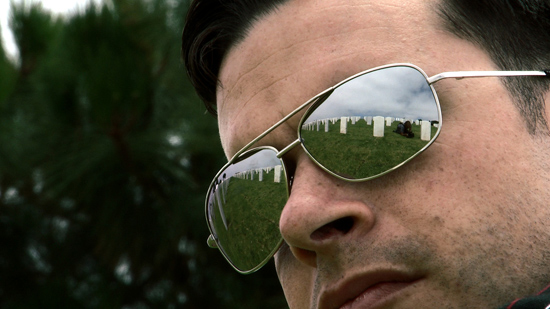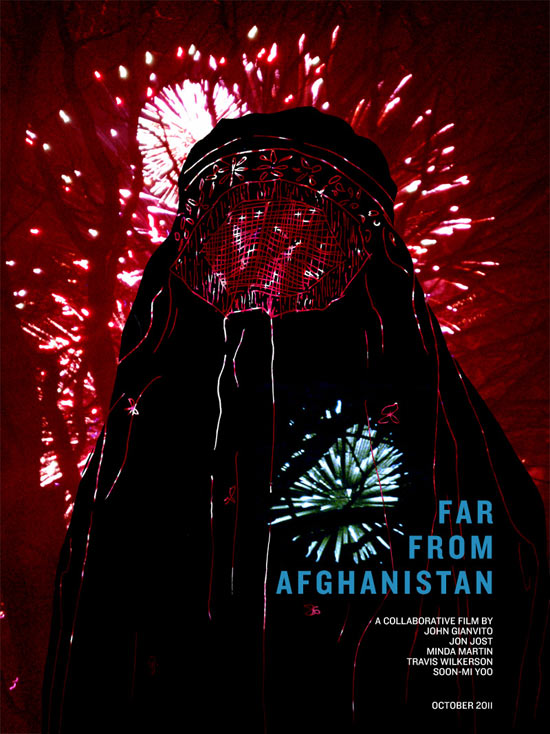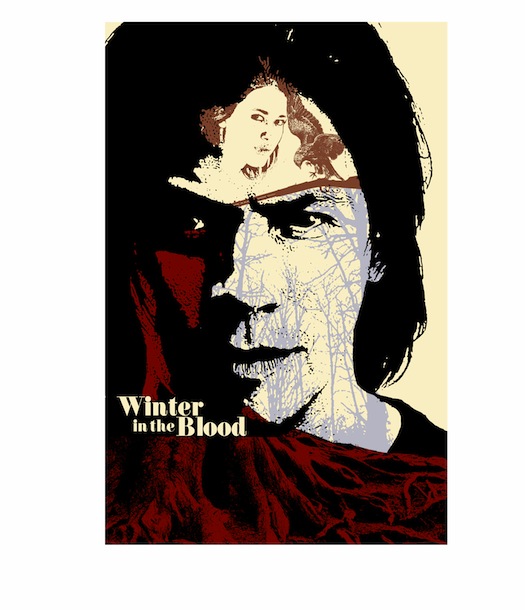
I think it is more than three years ago now that I first spoke of Truly Free Film. My hope then, as it is now, that artistic, social, and political motivations would harness the new technologies and it’s tools to usher in a transformation from a mass-market driven entertainment economy to a community-based approached to media and art. The examples of this are still few and far between. I remain very optimistic nonetheless, and am heartened by all of what “Far From Afghanistan” represents.
Far From Afghanistan: Mission, Means, and Movement Building
“If today I choose to make films it is to remind myself first and foremost that there are a lot more important things than films,” says filmmaker John Gianvito.
Last week, amidst a media brush fire of images from Occupy Wall Street and obituaries for Steve Jobs, the unfortunate 10-year anniversary of the start of the war in Afghanistan “passed quietly at the White House”, as TIME magazine barely reported. Meanwhile, streaming for free online Far From Afghanistan: The October Edition, presents work-in-progress segments from the forthcoming film Far From Afghanistan, October 6 through October 12, only.
Inspired by the 1967 film, Far From Vietnam (Loin du Vietnam), John Gianvito conceived of Far From Afghanistan as a project to bring together some of the boldest, most politically-progressive US filmmakers. The final version, to be completed in 2012, will also include contributions from native filmmakers throughout Afghanistan. Together they will utilize a mosaic of approaches, and explore issues of shared responsibility, history and memory, in a concerted effort to help accelerate resistance to the war.
Contributing segments to Far From Afghanistan: The October Edition, are John Gianvito, Jon Jost, Minda Martin, Travis Wilkerson, and Soon-Mi Yoo, with a special prologue by Rob Todd and Pacho Velez. From inside Afghanistan several Afghan filmmakers working as part of the group Afghan Voices also provided material.
Operating as a true collective, the filmmakers along with producers Steve Holmgren and Mike Bowes, platform producer John Bruce, and production coordinator Matt Yeager supported one another and enlisted dozens of others in order to make manifest this idea, without the hierarchy or procedure typical of most film development and production. “Putting together this film from scratch in about six months was a massive challenge. It would not have been possible even a year or two ago I think, certainly not in the same way. Working with no budget and with a team who were literally traveling around the world throughout production, we relied heavily on different web technologies to keep things moving… we used Vimeo to host cuts where we could provide comments, transferred final files through Dropbox rather than physically mailing drives, and had regular Skype calls to check in,” says Steve Holmgren.
Exposing selections from a film to audiences before the usual route of a major festival premiere is risky business. Traditional distribution cycles can take many months and sometimes years. Far From Afghanistan as a project has greater goals, beyond successfully navigating business-as-usual distribution channels. With the October 2011 10-year anniversary of war upon us, our mantra became “sooner rather than later”, and thus we made the choice to actively participate in, and ideally spur more, vital dialogue that needs to occur in order for people to better grasp the issues, and move collectively toward greater responsibility and resolution. Further, we hope to foster partnerships and collaborations with individuals, groups, and organizations at home and abroad. Most centrally, the project plans to connect with and provide assistance to humanitarian organizations with aligned missions, both in Afghanistan and domestically.
Far From Afghanistan: The October Edition streams online for just a couple more days. You can watch it on www.farfromafghanistan.org and also on www.fandor.com. Support the project on Kickstarter.
John Bruce is the platform producer for Far From Afghanistan, and works as a strategist for .John Bruce spent over a decade working in feature film and television production for NY-based independent producers. He is currently a strategist for Forward Mapworks, serving media ventures and organizations with social and environmental missions, and is the platform producer for Far From Afghanistan.
Far From Afghanistan: The October Edition brings together some of the best-known political filmmakers from the US, along with contributions by Afghan media makers from inside Afghanistan, in a special online event streaming segments from the forthcoming film Far From Afghanistan, during the week Oct 6-12 to mark the 10-year anniversary of the war.




